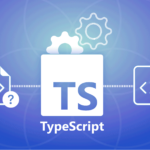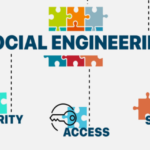A breach of code, often referred to as a “code violation” or “code of conduct violation,” occurs when a developer on a project violates the established guidelines, rules, or ethical standards related to coding and collaboration. These breaches can range from minor issues to more serious transgressions, and they can negatively impact the project and team dynamics. Common examples of code breaches by developers include:
Plagiarism
Copying and using code, scripts, or content from external sources without proper attribution or permission, which can lead to intellectual property issues.
Coding Standards Violations
Failing to adhere to the project’s coding standards and style guidelines, resulting in code that is inconsistent, difficult to maintain, or prone to errors.
Security Vulnerabilities
Writing code that contains security vulnerabilities or weaknesses, such as SQL injection, cross-site scripting (XSS), or insecure authentication methods.
Unauthorized Access
Attempting to access or modifying parts of the codebase, data, or systems without proper authorization or permission.
Incomplete or Low-Quality Work
Submitting code that is incomplete, poorly documented, or not thoroughly tested, which can hinder the project’s progress and quality.
Failure to Communicate
Neglecting to communicate effectively with team members, stakeholders, or users, leading to misunderstandings, delays, or misaligned expectations.
Code Ownership Issues
Overstepping boundaries by modifying code sections owned by others without collaboration or consent, causing conflicts within the team.
Ethical Violations
Engaging in unethical behavior, such as creating code intended for malicious purposes, violating privacy rights, or engaging in discrimination.
Misuse of Open Source Software
Failing to comply with the licensing terms of open-source libraries and components used in the project.
Lack of Documentation
Neglecting to provide adequate documentation for code changes, making it challenging for others to understand and maintain the code.
Conflict of Interest
Engaging in activities or decisions that benefit the developer personally or financially at the expense of the project or team’s interests.
Failure to Meet Deadlines
Repeatedly missing project deadlines, causing delays and disruptions to the development process.
Conclusion
It’s important to address code breaches promptly and effectively within the project team. This may involve discussions, code reviews, documentation updates, and, in some cases, disciplinary actions or project consequences. Clear and well-communicated guidelines, a strong code of conduct, and a collaborative team environment can help prevent and mitigate code breaches in a project.





